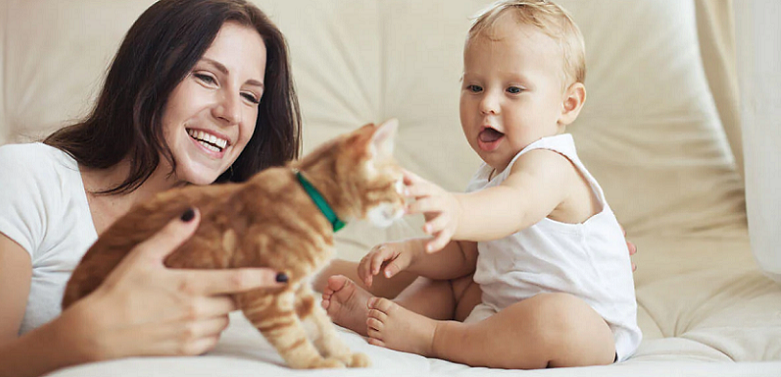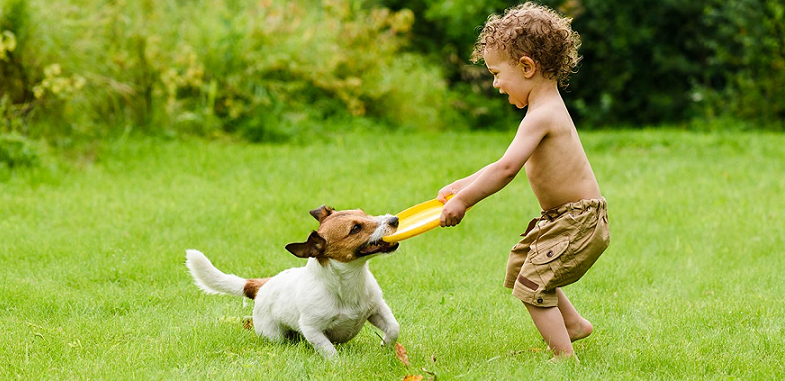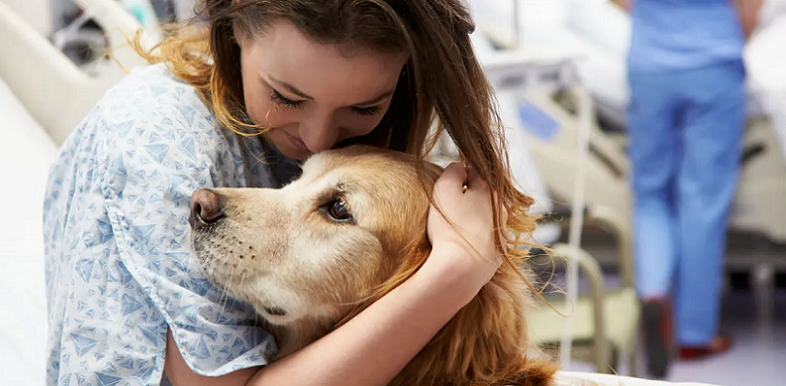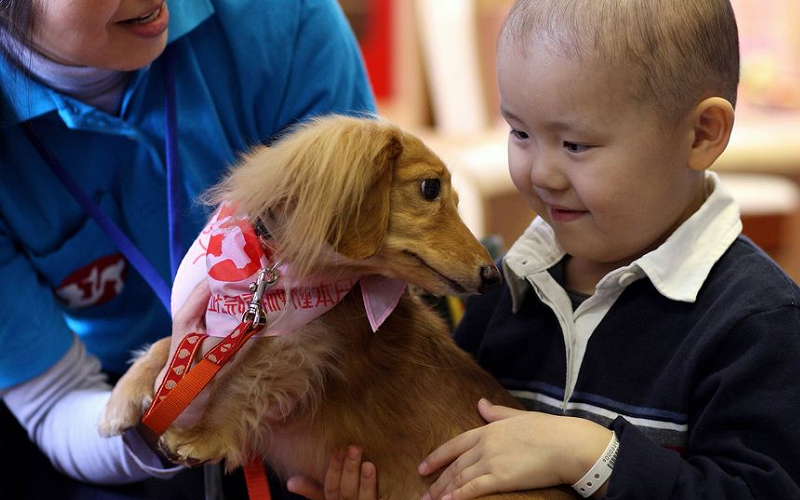For many families, pets are not just animals, but beloved members of the family. While they provide unconditional love and companionship, did you know that pets can also play a crucial role in a child’s emotional development? In fact, research has shown that owning a pet can have numerous positive effects on children’s emotional well-being, including improved social skills, empathy, and self-esteem.
What Are Pets?
Pets are domesticated animals that are kept for companionship, entertainment, or as a source of comfort. They can be of various species, including dogs, cats, birds, fish, hamsters, rabbits, and reptiles.
Pets are typically regarded as members of the family and are often cared for and loved in a similar way as human family members. They can provide emotional support and comfort, reduce stress, and increase social interaction.
Pets require varying degrees of attention, care, and maintenance, such as feeding, grooming, exercise, and medical attention, depending on their species and age. The keeping of pets has a long history and is a common practice in many cultures around the world. Some pets are trained for specific purposes, such as hunting, herding, or guarding, while others are primarily kept as companions. Pets are an integral part of many people’s lives and can have a positive impact on their physical, mental, and emotional well-being.

Benefits of Pets on Children’s Emotional Development
Pets can have numerous positive effects on children’s emotional development. First and foremost, pets provide companionship and friendship, which can help children feel less lonely and more socially connected.
Pets also offer emotional support and comfort, as they are often a source of unconditional love and affection. This can be particularly beneficial for children who are going through difficult times, such as the loss of a loved one or a change in their living situation. Caring for a pet can teach children important life skills, such as responsibility, empathy, and patience.
Children who have pets are also more likely to develop better social skills, as they often learn how to communicate and interact with others through their interactions with their pets. Pets can boost children’s self-esteem and confidence, as they provide a sense of purpose and importance, and can offer a non-judgmental ear to listen to their thoughts and feelings.
Pets can have a profound impact on children’s emotional well-being and can provide a lasting source of comfort and support throughout their lives.

Negative Effects of Pets on Children’s Emotional Development
While there are many benefits to having pets, there are also some potential negative effects on children’s emotional development. For example, some children may develop allergies or asthma as a result of exposure to pet dander or other allergens.
Pets can sometimes be unpredictable, and there is a risk of injury if a child is bitten, scratched, or knocked over by a pet. In some cases, having a pet can also be overwhelming for children, as they may feel responsible for its well-being or struggle to keep up with the demands of pet ownership.
If pets are not treated with respect and care, they can potentially have a negative impact on a child’s emotional development, such as through experiences of neglect or abuse. While these negative effects are relatively rare, they are important to consider when deciding whether or not to bring a pet into the home, and families should weigh the potential risks and benefits carefully before making a decision.

How to Choose the Right Pet for Your Child
Choosing the right pet for a child involves several important factors. First, consider the child’s age, as some pets may be more appropriate for older children who can handle the responsibilities of pet ownership, such as feeding, grooming, and exercise.
It’s also important to choose a pet that is safe for children, both in terms of temperament and physical characteristics. For example, some dog breeds are known for being more gentle and patient with children, while others may be more aggressive or territorial.
The child’s interests and needs should be taken into account when choosing a pet, as some children may be more drawn to certain types of animals or may have specific preferences for their pet’s personality or appearance.
Consider the family’s lifestyle and environment, as some pets may require more space or time than others, or may not be well-suited to certain living situations, such as apartments or homes with small yards.
Tips for Encouraging a Healthy Relationship between Children and Pets
Encouraging a healthy relationship between children and pets is important for both the child’s well-being and the pet’s welfare. First and foremost, supervise interactions between children and pets, especially when the child is young or the pet is new to the family.
Establishing clear boundaries and expectations for how the child should interact with the pet can also help prevent misunderstandings or accidents. Consistent training and discipline for the pet can also help ensure that it behaves appropriately around children.
Encourage respect for animals and their needs, such as ensuring that the pet has adequate food, water, and exercise. Regular vet check-ups can also help ensure that the pet is healthy and well-cared for.
Encouraging positive interactions between children and pets, such as through play, exercise, and cuddling, can help strengthen the bond between them and provide valuable social and emotional benefits for the child.
By taking a thoughtful and proactive approach to fostering a healthy relationship between children and pets, families can ensure that both the child and the pet thrive in their shared environment.

